Hyundai has established a major presence in the Czech Republic, with its plant in Nosovice in the east of the nation producing 300,000 cars per year. Five body styles are produced there, including the three shapes of i30, its baby brother the ix20 and the ix35 soft-roader.
The facility is a major part of the community, employing 3440 people, predominantly local, and being the catalyst for a supply chain that has sprung up to service the demand for parts and raw materials.
It's fitting that a major car manufacturer should base its operations in the Moravia region of the country, because it has a rich motoring history.
Just half an hour's drive west of Hyundai's factory is a museum celebrating Tatra, one of the most famous of the Eastern European car marques.
Born in 1850 as a carriage maker, Tatra embraced car making in 1897, making it the third-oldest motor manufacturer in the world behind Daimler and Peugeot.
Unlike its peers, however, Tatra ceased making cars in the late 1990s and focused on its more successful heavy-truck business.
Due to the old Czechoslovakia's position within the Communist Bloc, for years Tatra's products remained relatively unknown in the West, although today there remains a strong cult following for them.
During a visit to Hyundai's production facility earlier this week, we had the opportunity to detour to the Tatra museum in the middle of Koprivnice, the town where the manufacturer was born.
It's unlikely that many motor museums could elicit such a wide range of emotions and expressions, from awe at the beautiful construction of a 22-litre prototype engine, to confusion over what exactly they were thinking when they created a snowmobile with four-ski-steer, and then delight over the perfect simplicity of Tatra's little two-cylinder sports-racing car.
I was armed only with an iPhone, so you'll have to forgive the quality of the images, which are accompanied by some snippets from the translated information plaques for each car.
Tatra may have stopped making cars, but I'd like to think that some of the descendents of former employees might have found employ at Hyundai, which is helping to keep the region's car-making heritage alive and well.


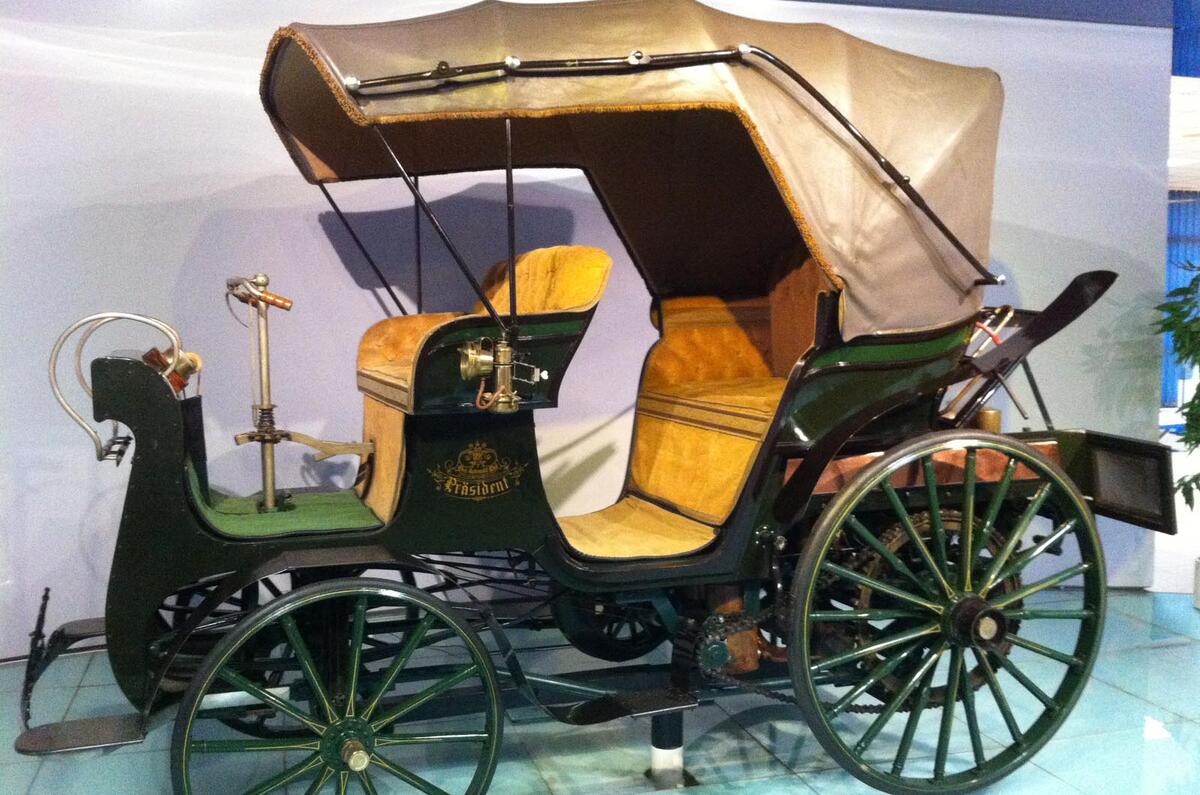
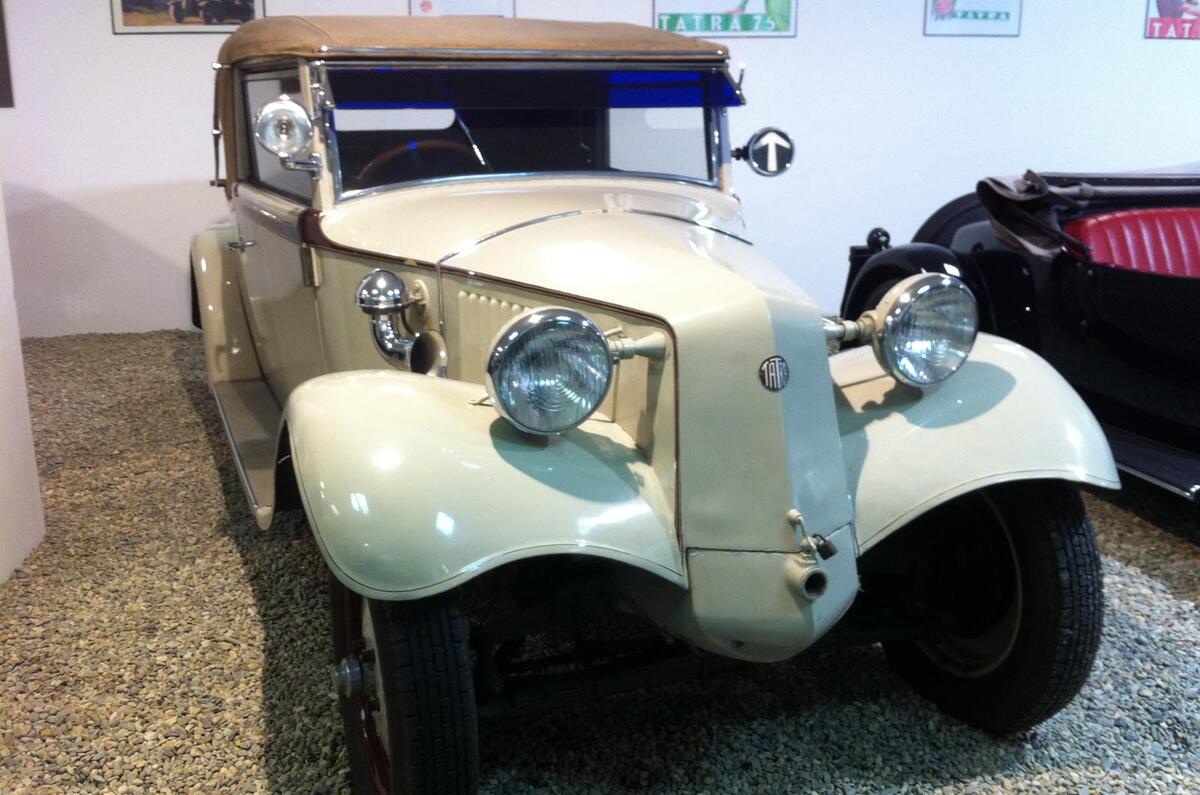

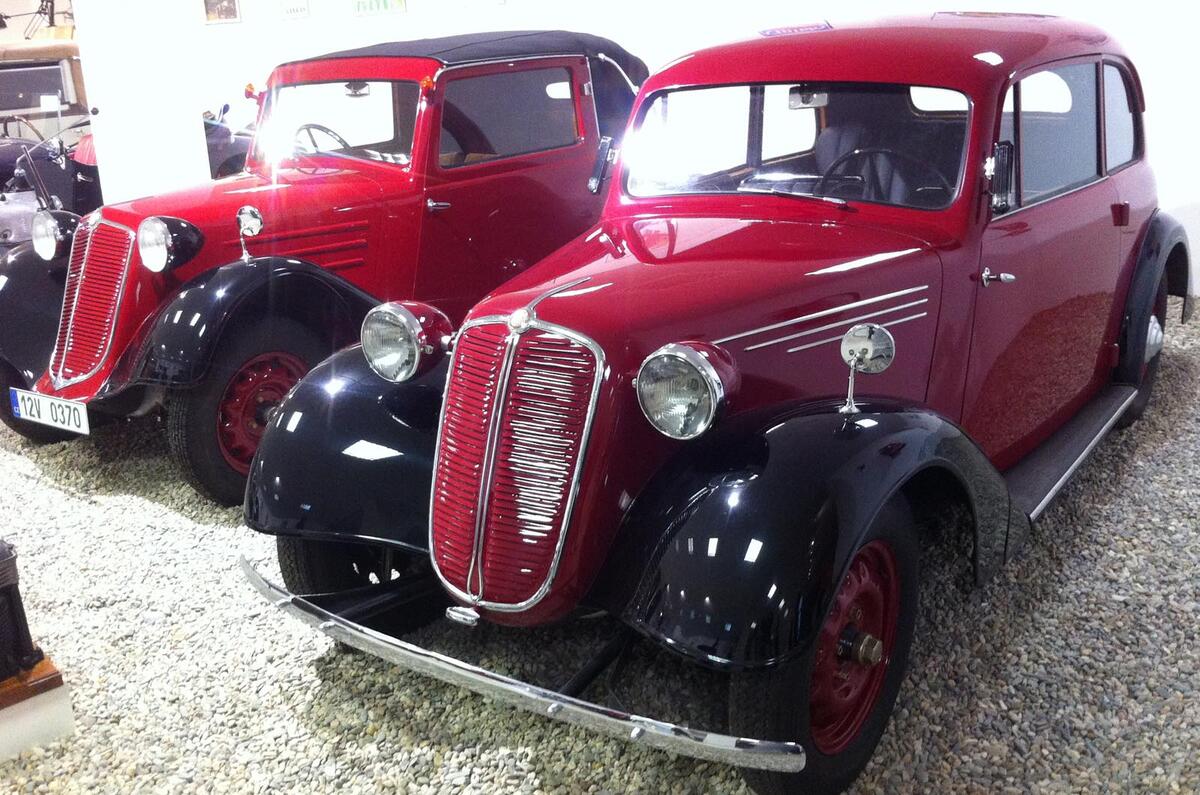
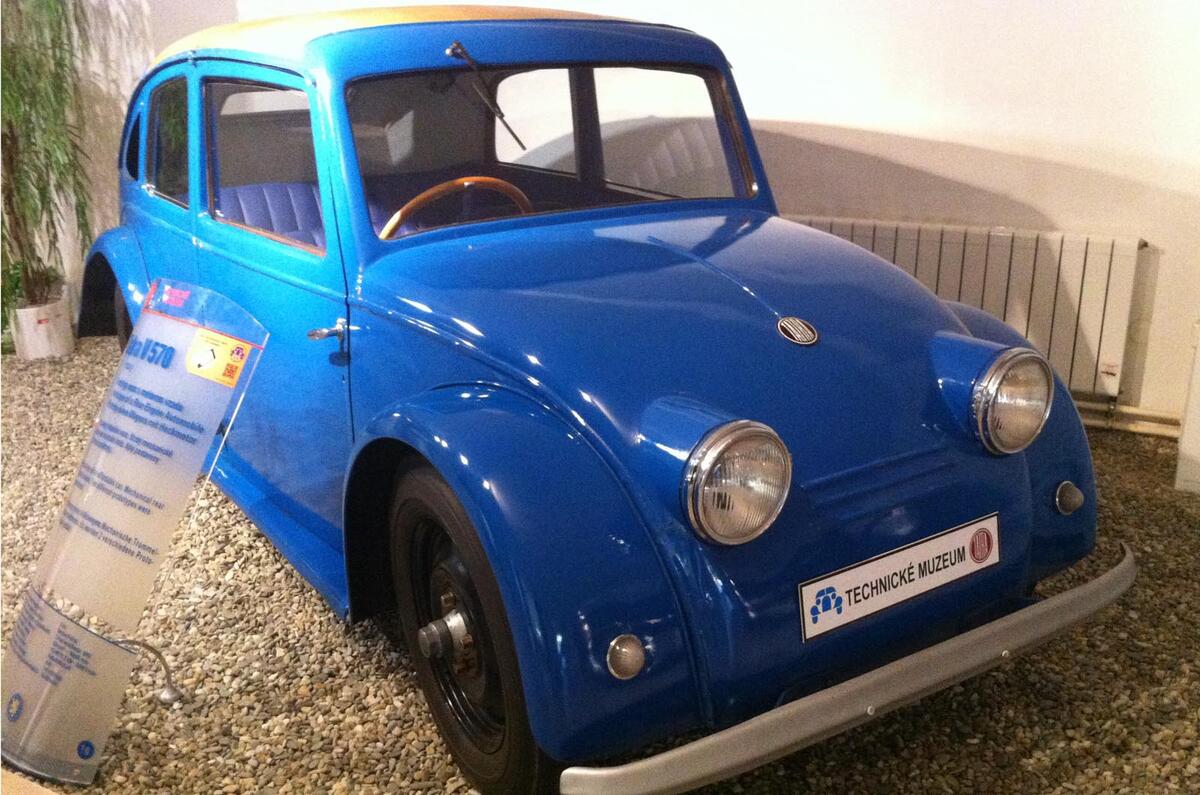
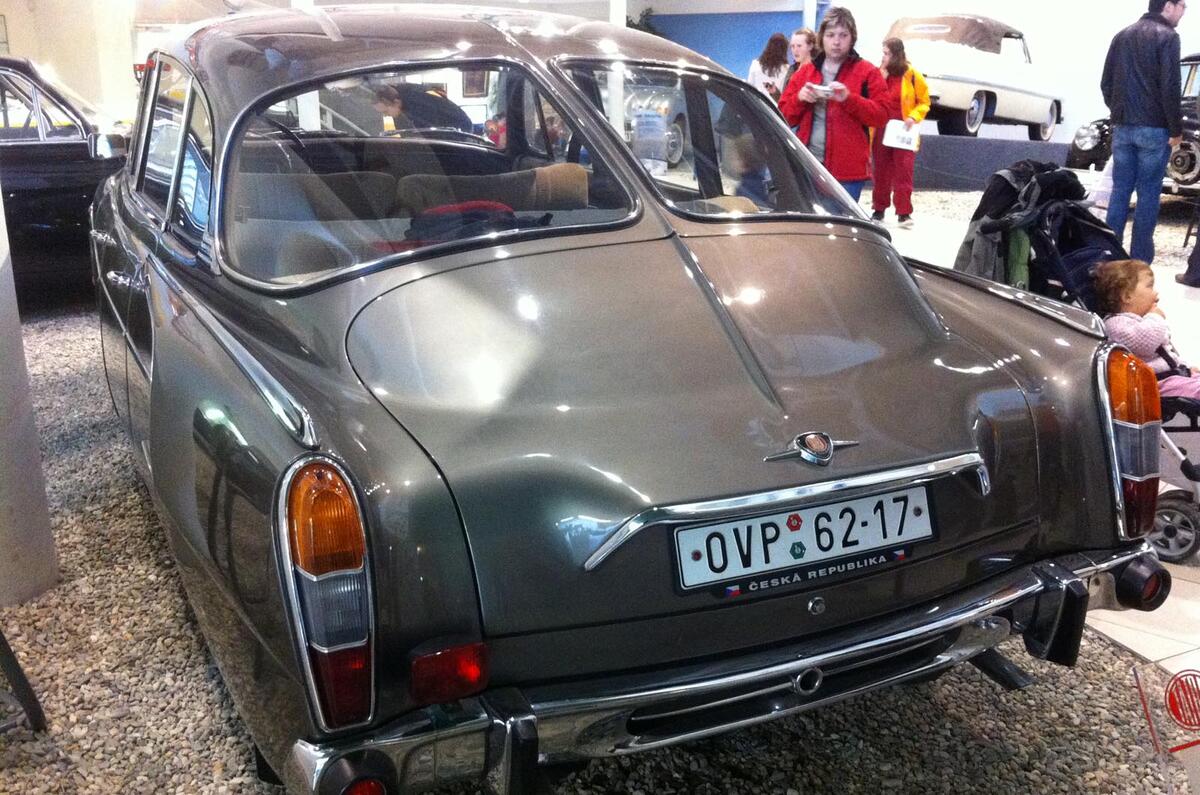
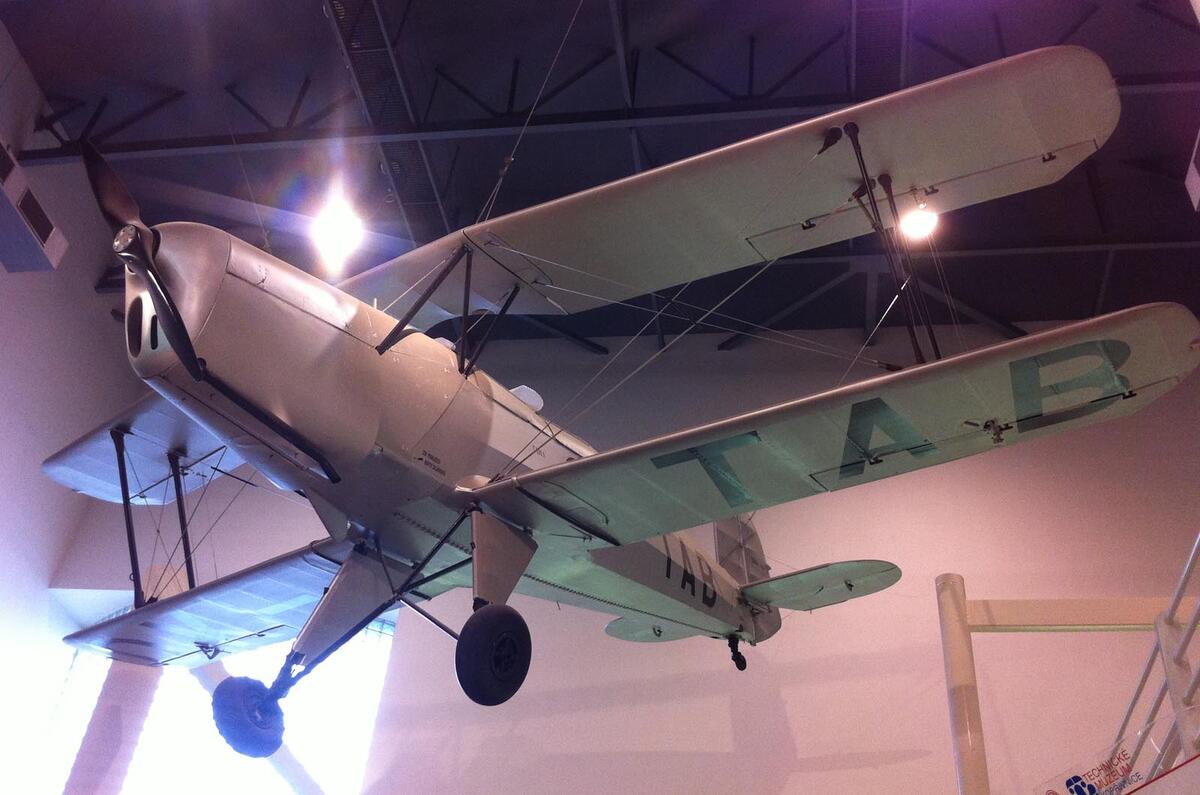
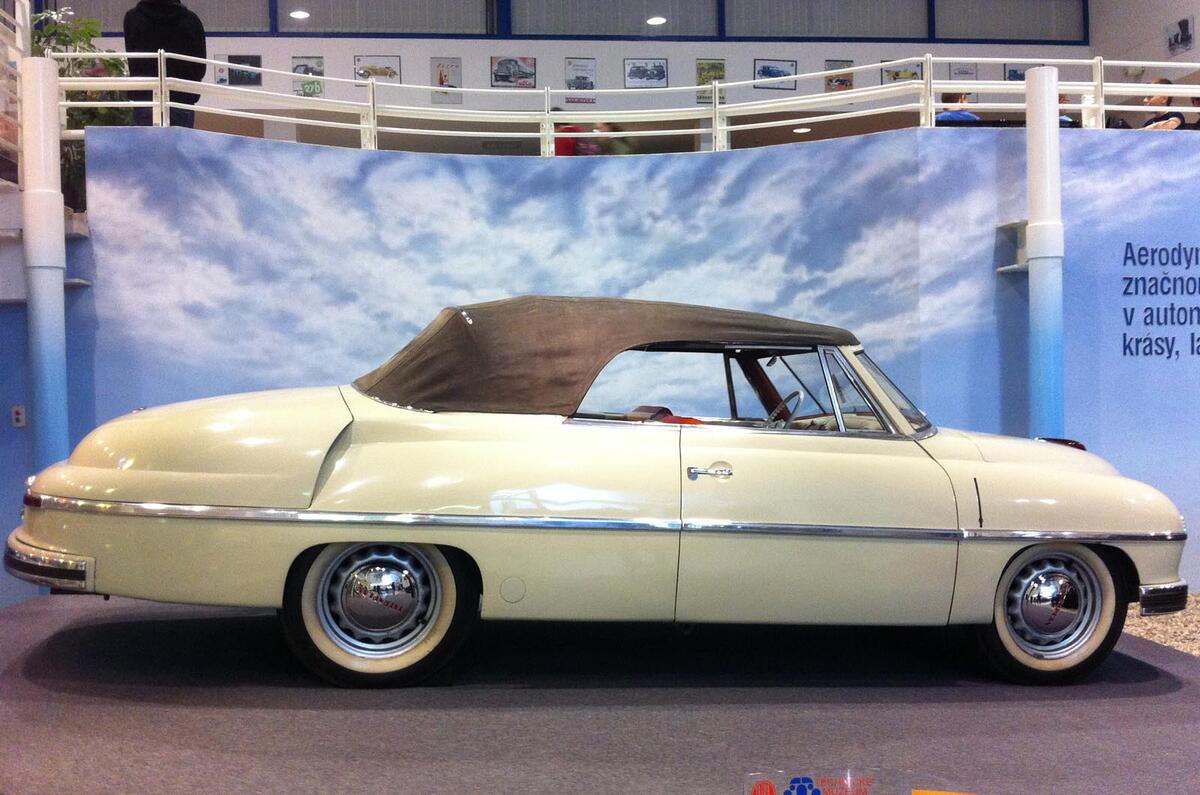
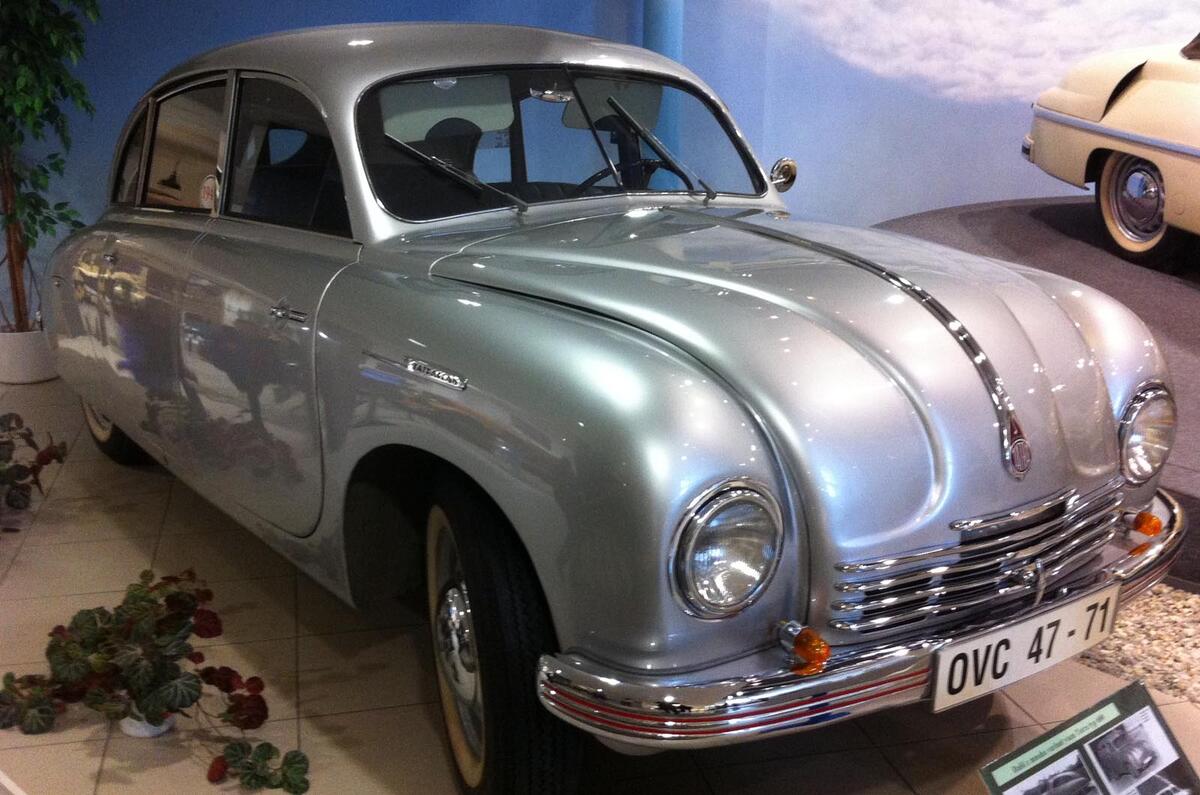
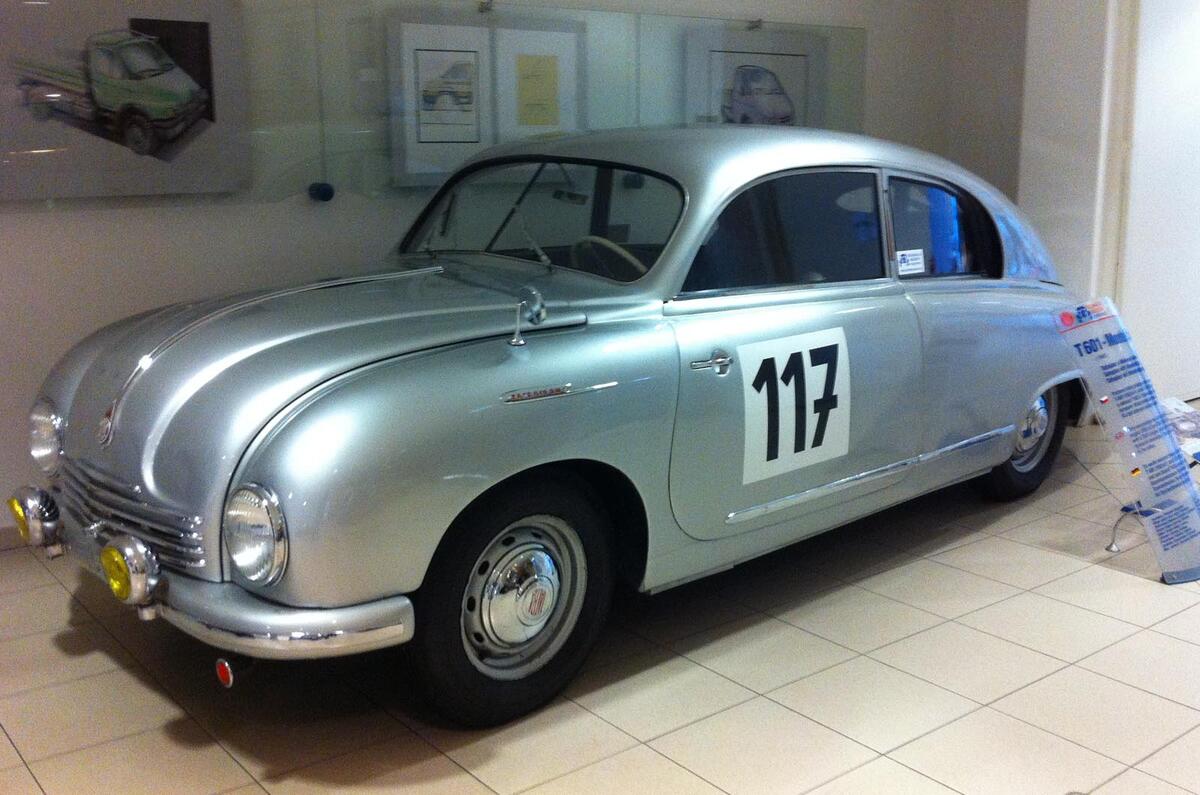
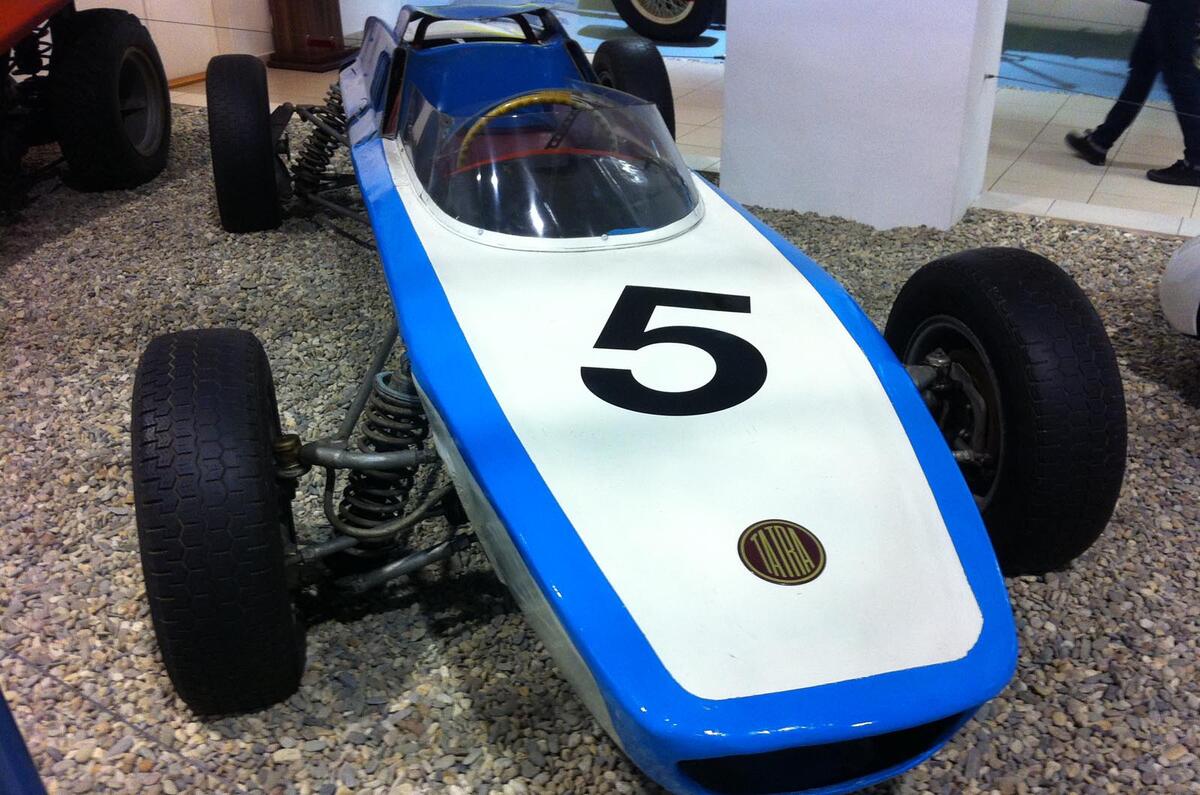

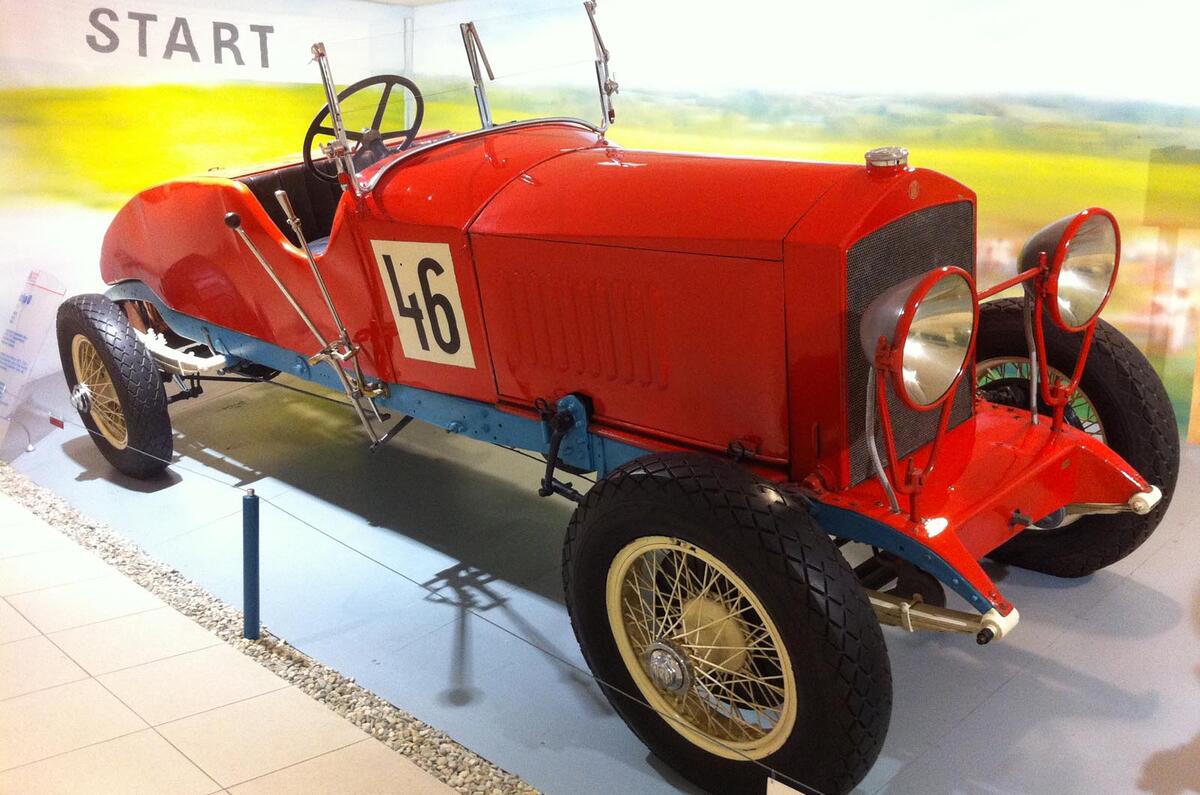
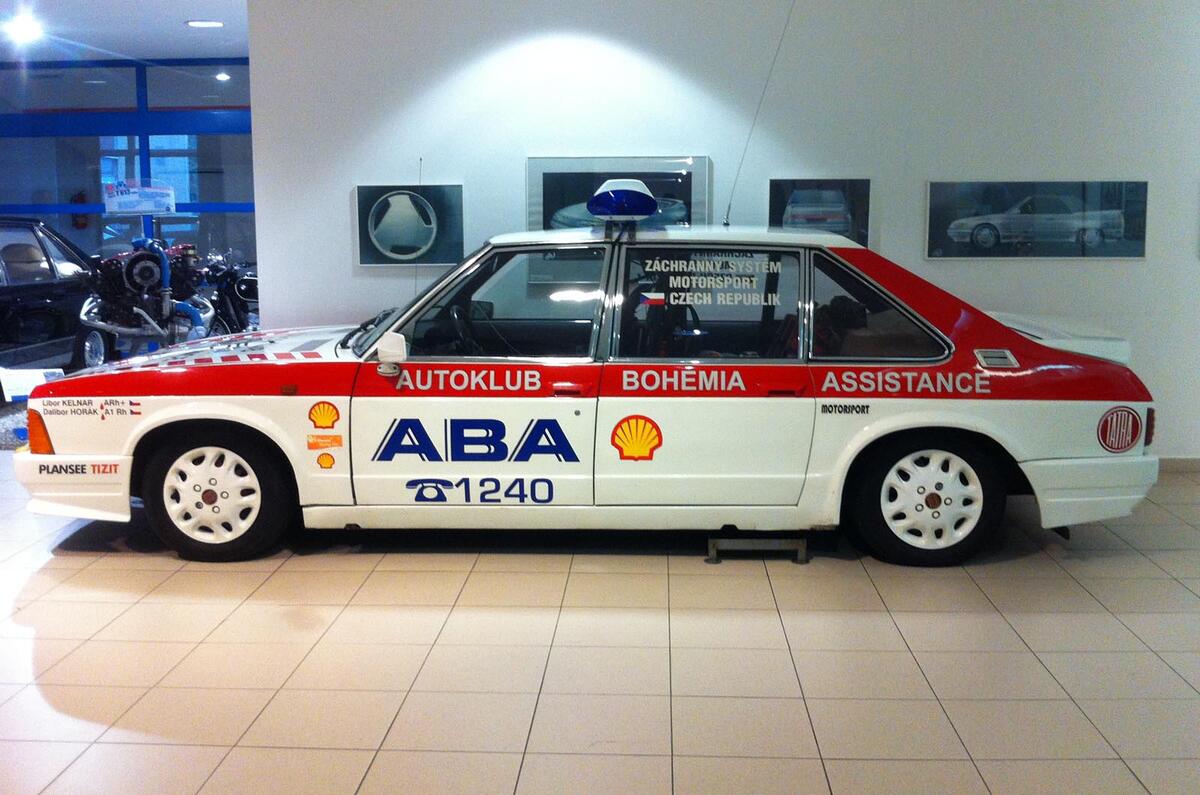


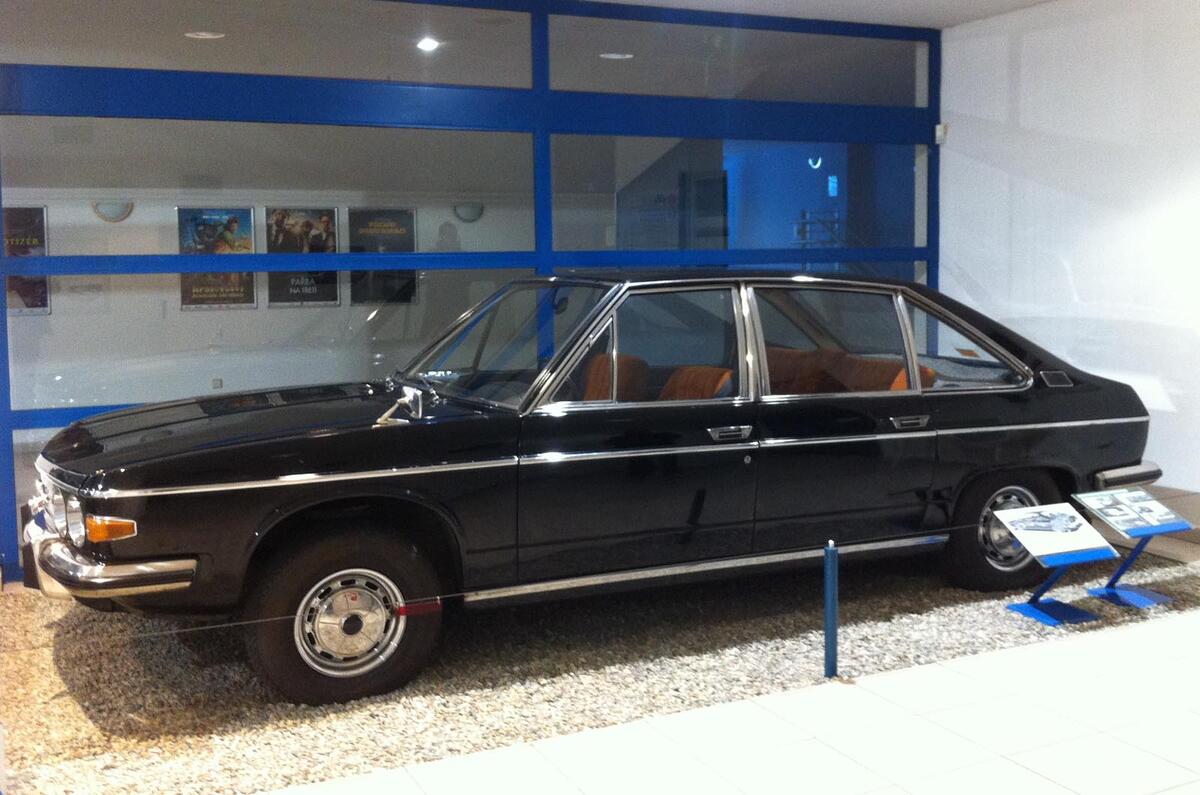
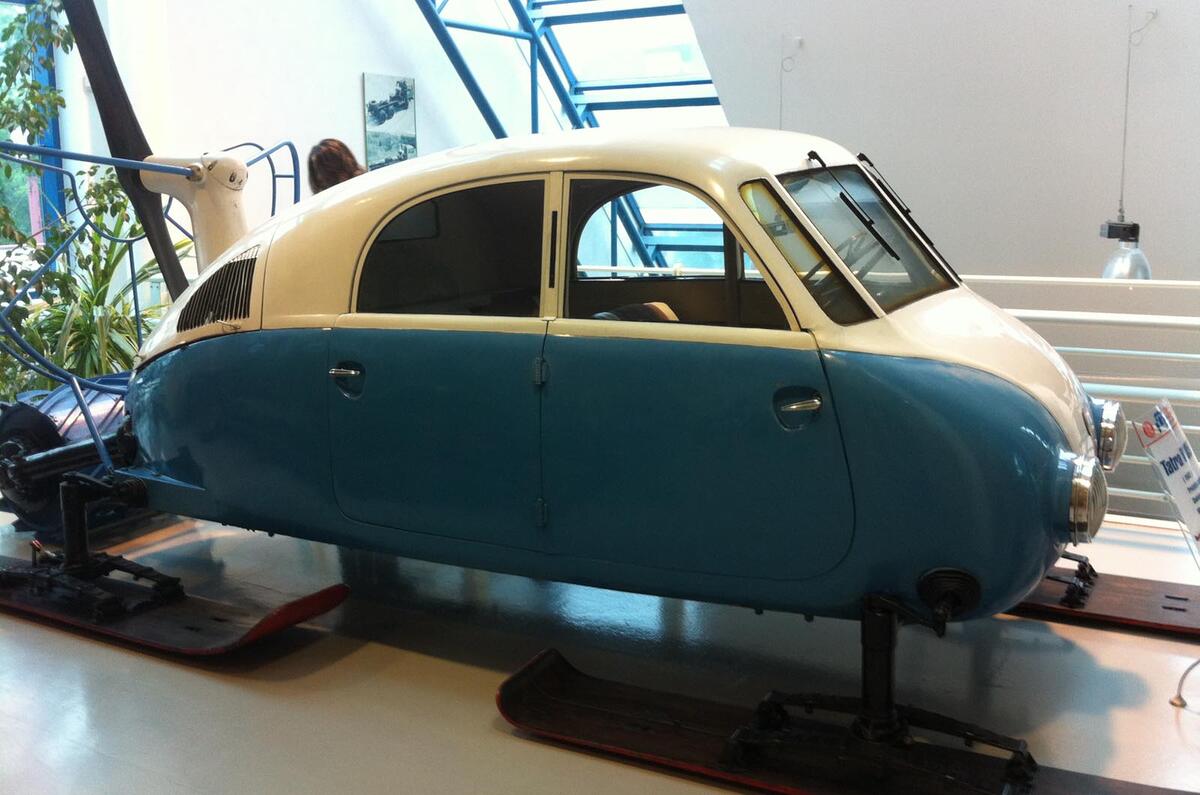
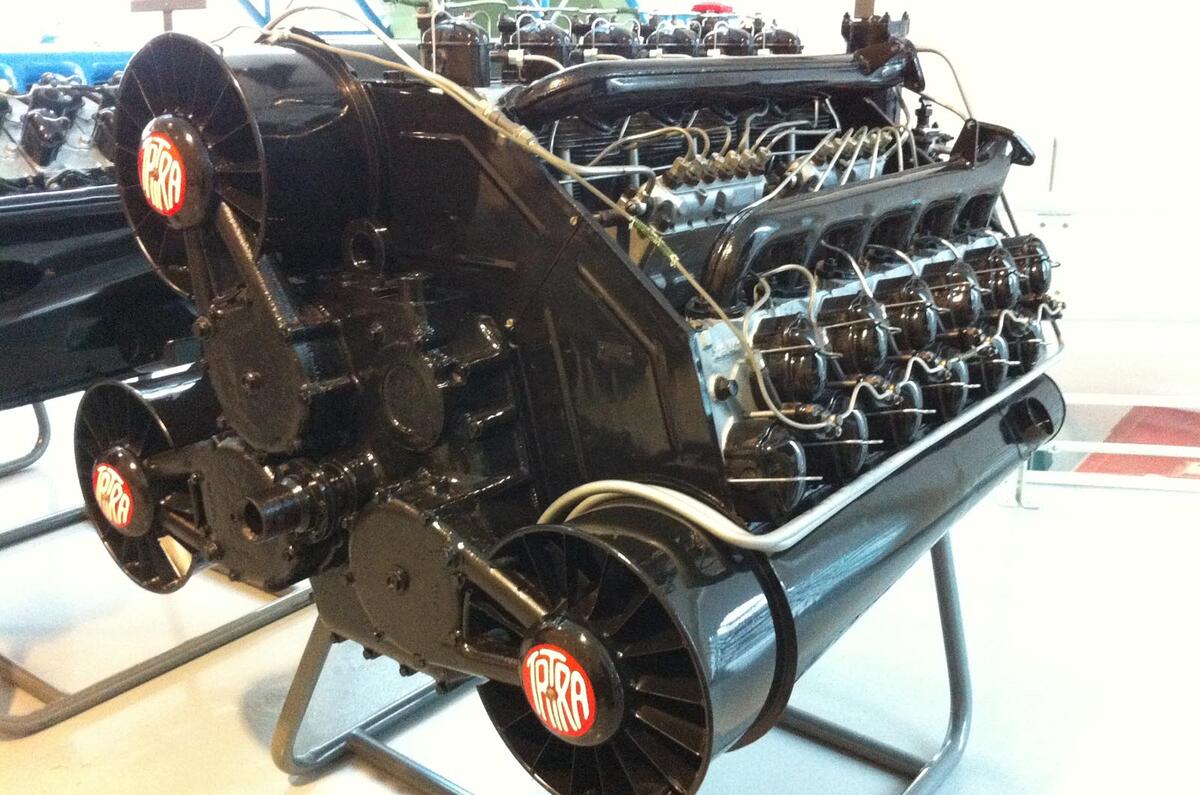
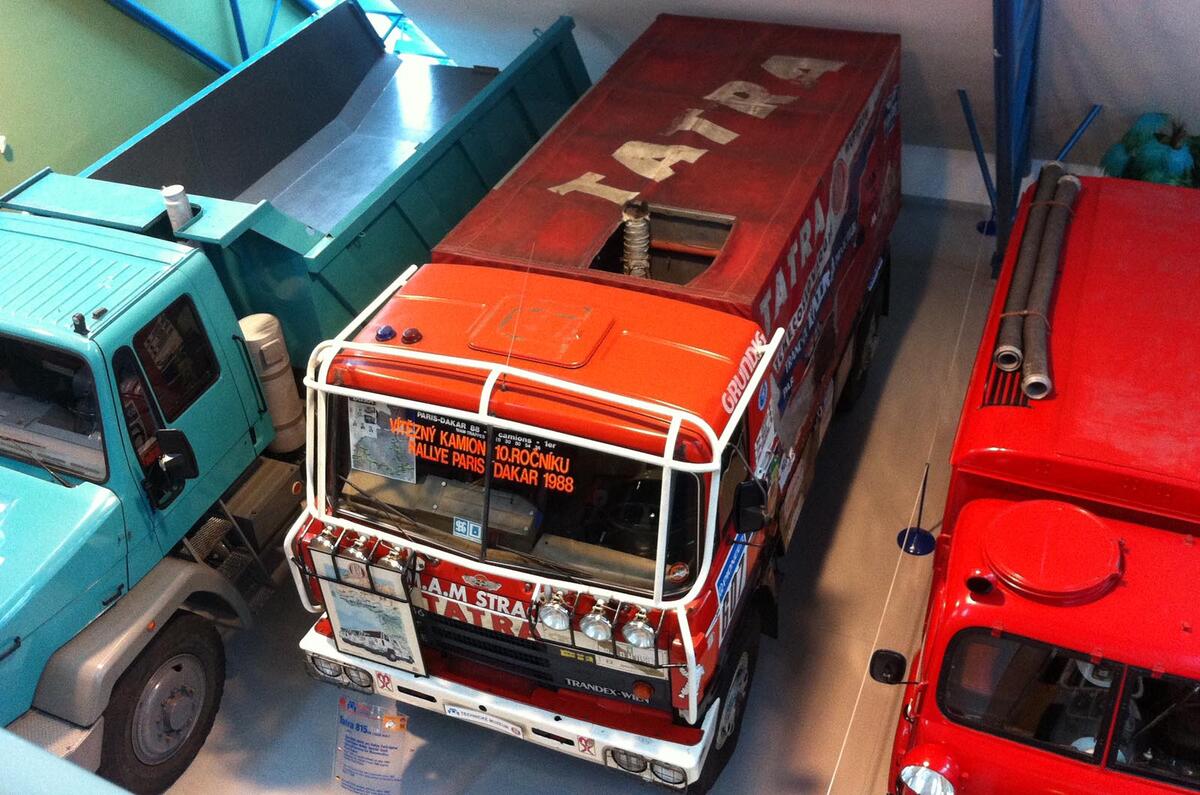
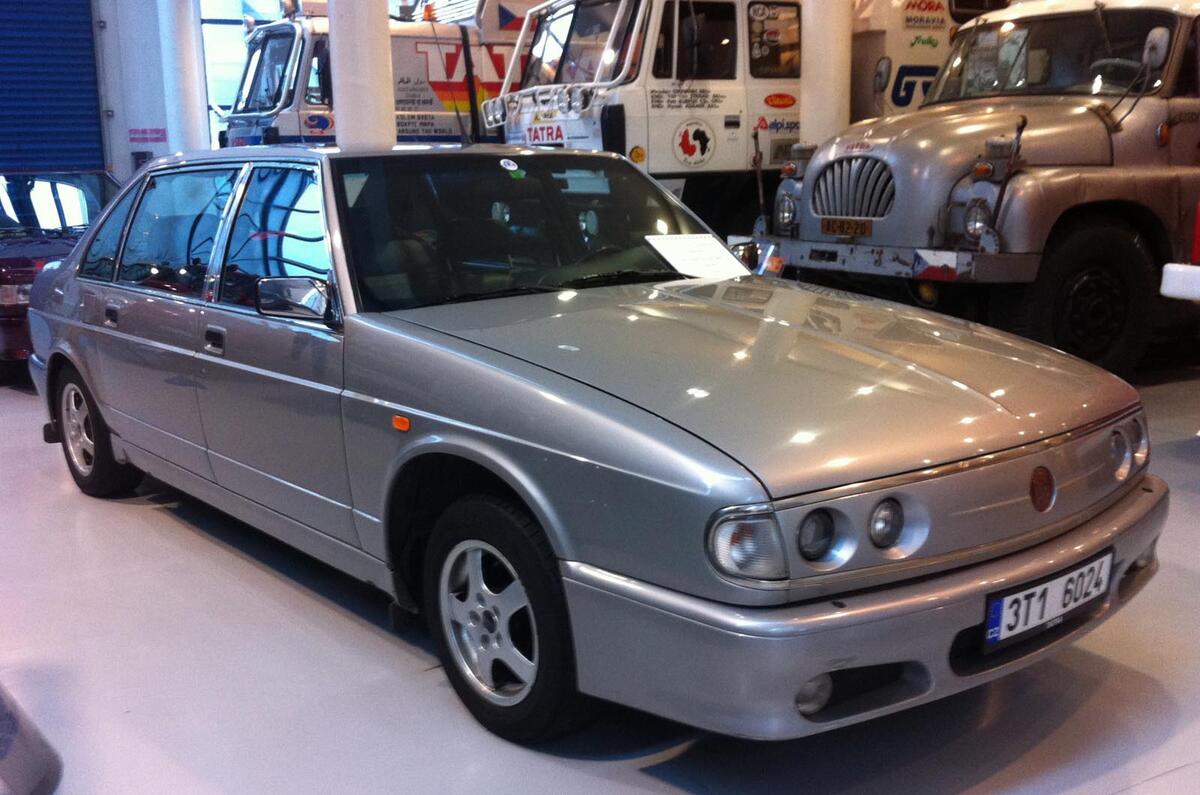
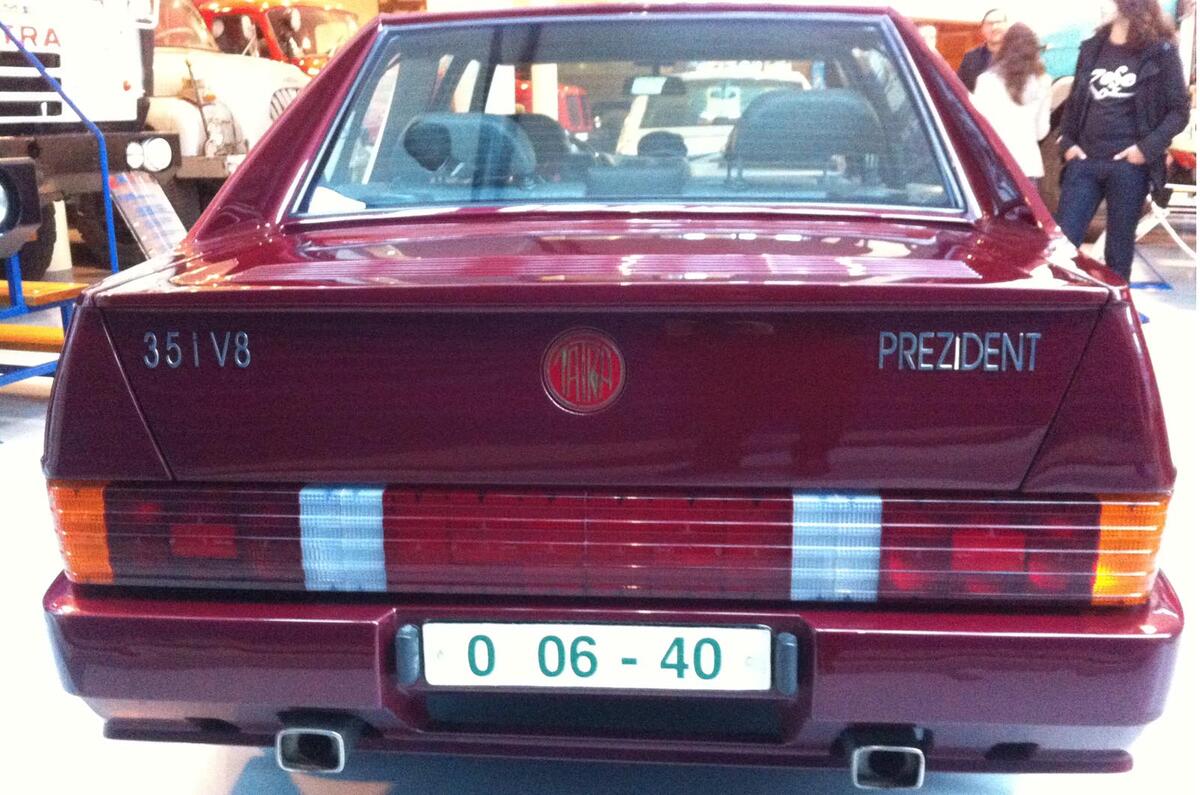
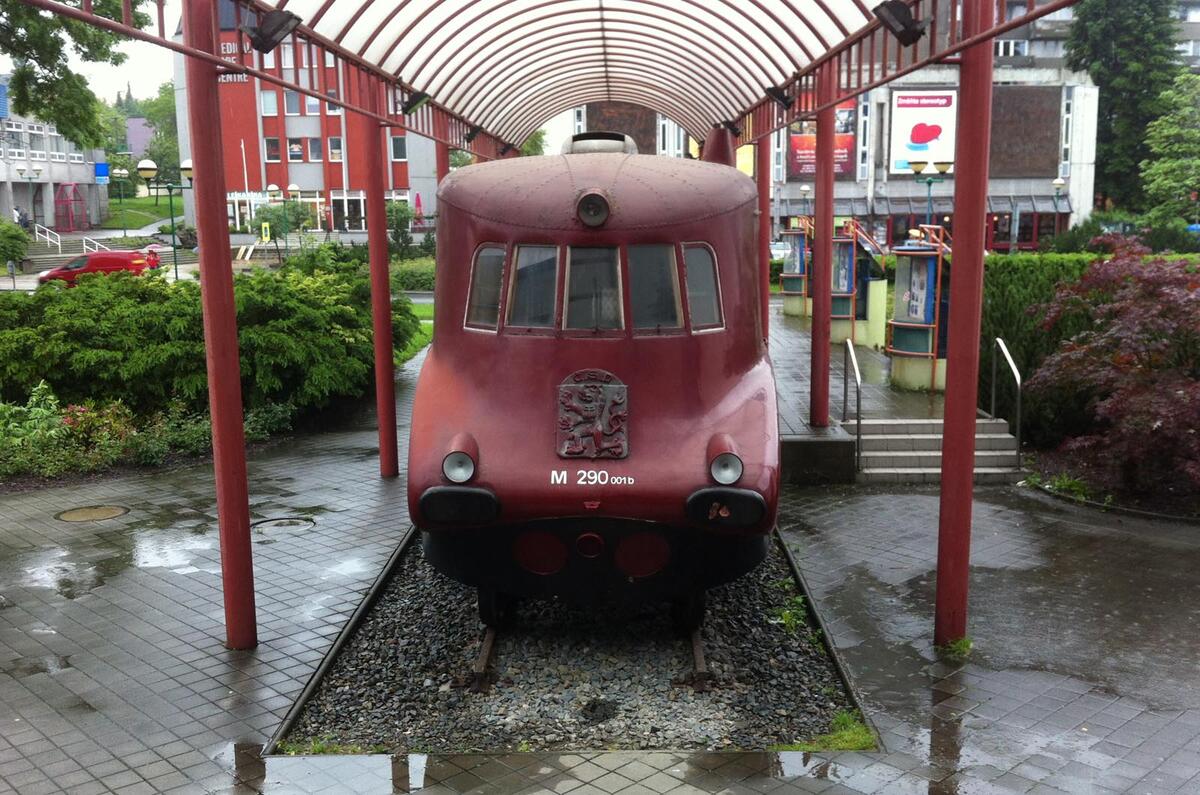

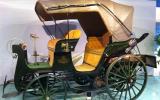


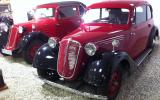

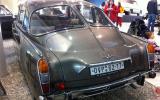



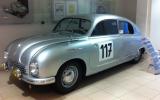

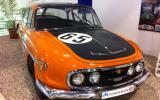
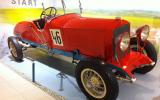
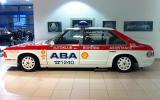
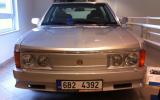
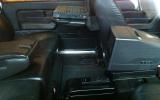
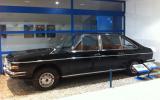
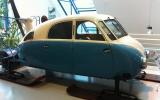
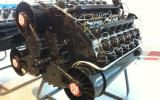

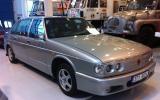
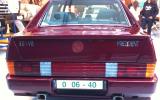



Join the debate
Add your comment
Well timed!
Thanks Matt - off to a wedding in Slovakia in a couple if weeks - will attempt a detour!
The V570 prototype (the blue one) is interesting - rear engined, air-cooled and utilitarian - it's the car that provided the - ahem - inspiration for the VW Beetle.
Yep!!!
Some interesting looking cars,seemed to go through the aero dynamic,too the drawn with a ruler and Pencil, the aero engine looks amazing (did it ever run?)/
Next Stop, the Yugo museum.
Next Stop, the Yugo museum.